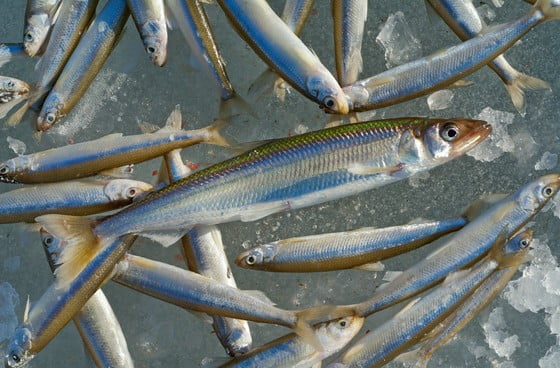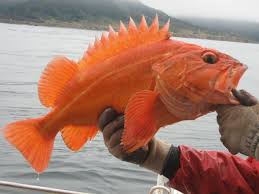MDIFW Fisheries To Enhance Smelt Spawning Runs

Populations of smelt have been in decline in several lakes throughout the region, primarily because of lack of access to their spawning habitat. In many instances debris and inactive beaver dams at the mouth of the spawning tributaries have limited or completely eliminated the ability of smelts to successfully spawn in those tributaries. That has become a common problem and an issue that has only one solution, i.e. remove the barrier.
The first task at hand to address this problem was to identify as risk spawning tributaries and then get to  work developing a plan to remove those obstructions. It involves a lot of time, labor, collaboration with landowners, and sweat to accomplish, but we set about assembling work crews of interested anglers, campowners and conservationists to assist us in removing these obstructions in a number of lakes throughout the region, including; Nicatous Lake, East Grand Lake, Deering Lake, East Musquash Lake, Hay Lake and a handful of other lakes and ponds that have salmonid fisheries that are dependent upon healthy smelt runs and populations.
work developing a plan to remove those obstructions. It involves a lot of time, labor, collaboration with landowners, and sweat to accomplish, but we set about assembling work crews of interested anglers, campowners and conservationists to assist us in removing these obstructions in a number of lakes throughout the region, including; Nicatous Lake, East Grand Lake, Deering Lake, East Musquash Lake, Hay Lake and a handful of other lakes and ponds that have salmonid fisheries that are dependent upon healthy smelt runs and populations.
Interested volunteers from the Nicatous Lake Association, Chiputneticook Lakes International Conservancy (East Grand Lake Association) along with Regional Fisheries Biologists and Hatchery Fish Culturists, District Game Wardens, Department of Environmental Protection Biologists, Maine Department of Transportation Biologists and others were all participants. Crews were assembled on site, donned chest waders, grabbed a beaver rake or a chain saw, hiked and/or floated into where the obstructions were and went to work. Not very glamorous work to say the least but much was accomplished in every instance. When the assembled crews were finished, smelt once again had free reign to their traditional spawning grounds. In some instances, we have also transferred fertilized smelt eggs to “jump start” the restoration process, especially where the habitat has been unavailable for an extended period.
We have identified additional smelt populations that are at some risk and are making plans to address those problem areas in the near future. I would encourage interested anglers to keep a close eye out for areas that might benefit from this sort of rehab project, and contact your Regional Fisheries Biologist to explore viable restoration opportunities.

